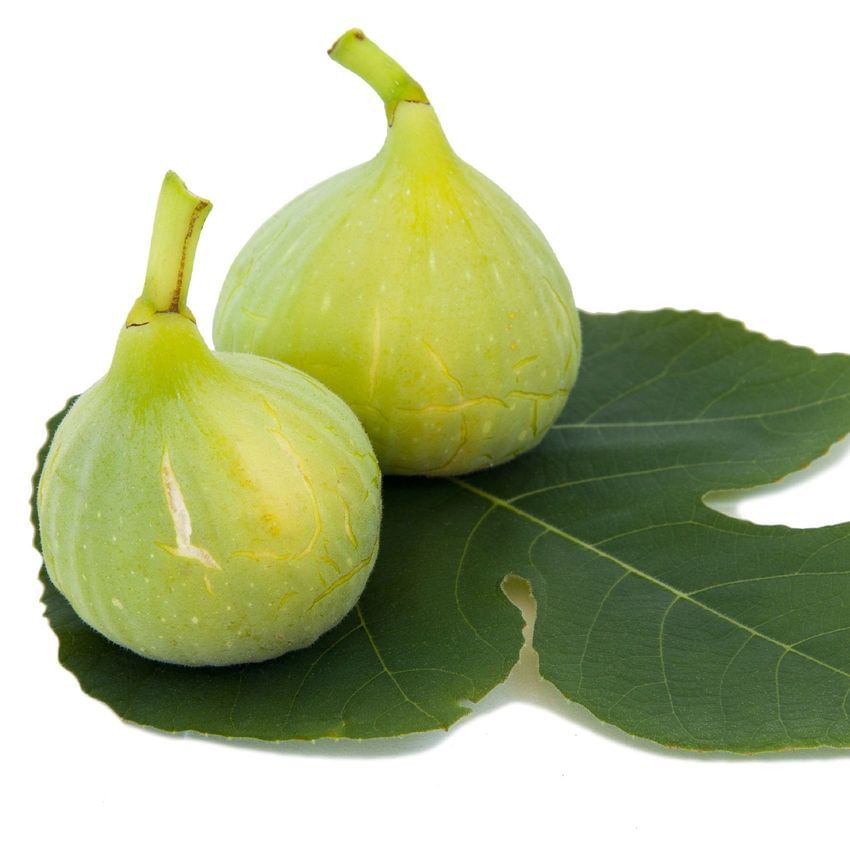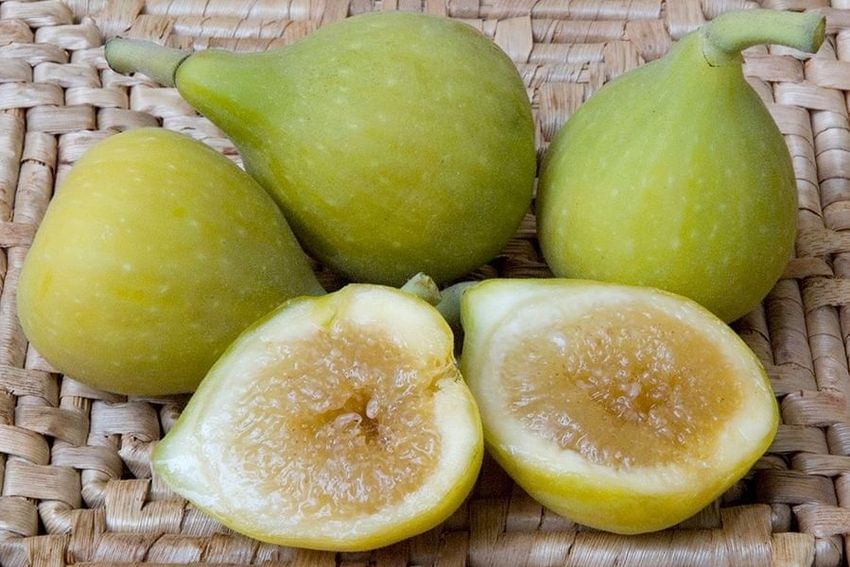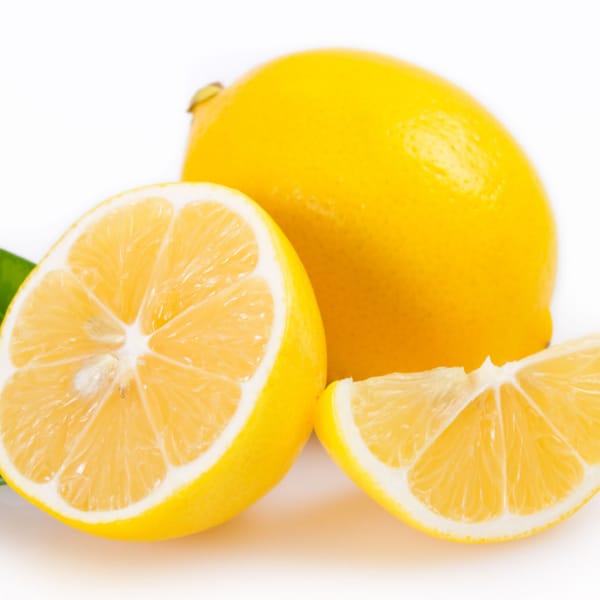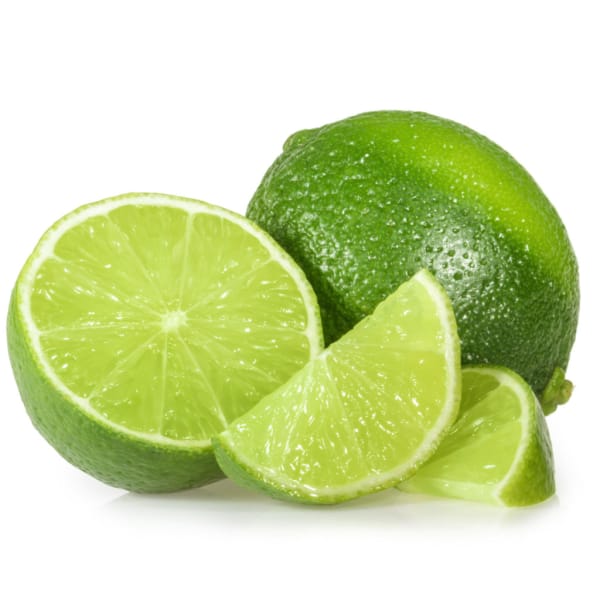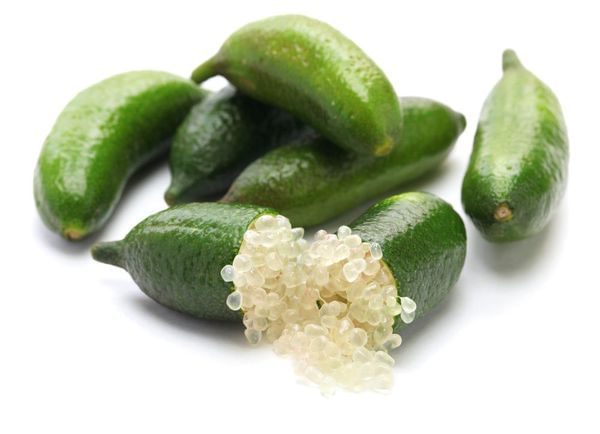SAVE ON SHIPPING: We can now ship potted fruit trees in MULTIPACK BOXES. Order as a 3-pack or 6-pack to save on the cost of shipping! This includes ALL PRIMO and ENTRY sized citrus, olive, fig and avocado trees as well as grape and passion vines.
.
- Janice Seedless Kadota figs are large with light greenish-yellow 'white' skin and amber flesh with Practically no Seeds
- Janice Seedless Kadota figs ripen into incredibly sweet fruit in hot weather.
- You can enjoy figs fresh, dried or canned.
- Janice Seedlesss Kadota fig trees are considered to be long-lived, vigorous tree.
- You can prune them to any shape, which makes them great for smaller spaces.
- Self-fruitful.
- There is little or no Breba crop.
- Height at maturity: 15'-30' in the ground, but can be kept smaller with pruning or if kept in containers
- Janice Seedless Kadota fig trees are a wonderful container plant.
- They are cold hardy to 15 degrees F
- Best for zones 7-10
Check out our Fig Tree Growing Guide (pdf)
Lee nuestra guia aqui: Guia de cultivo para higos

